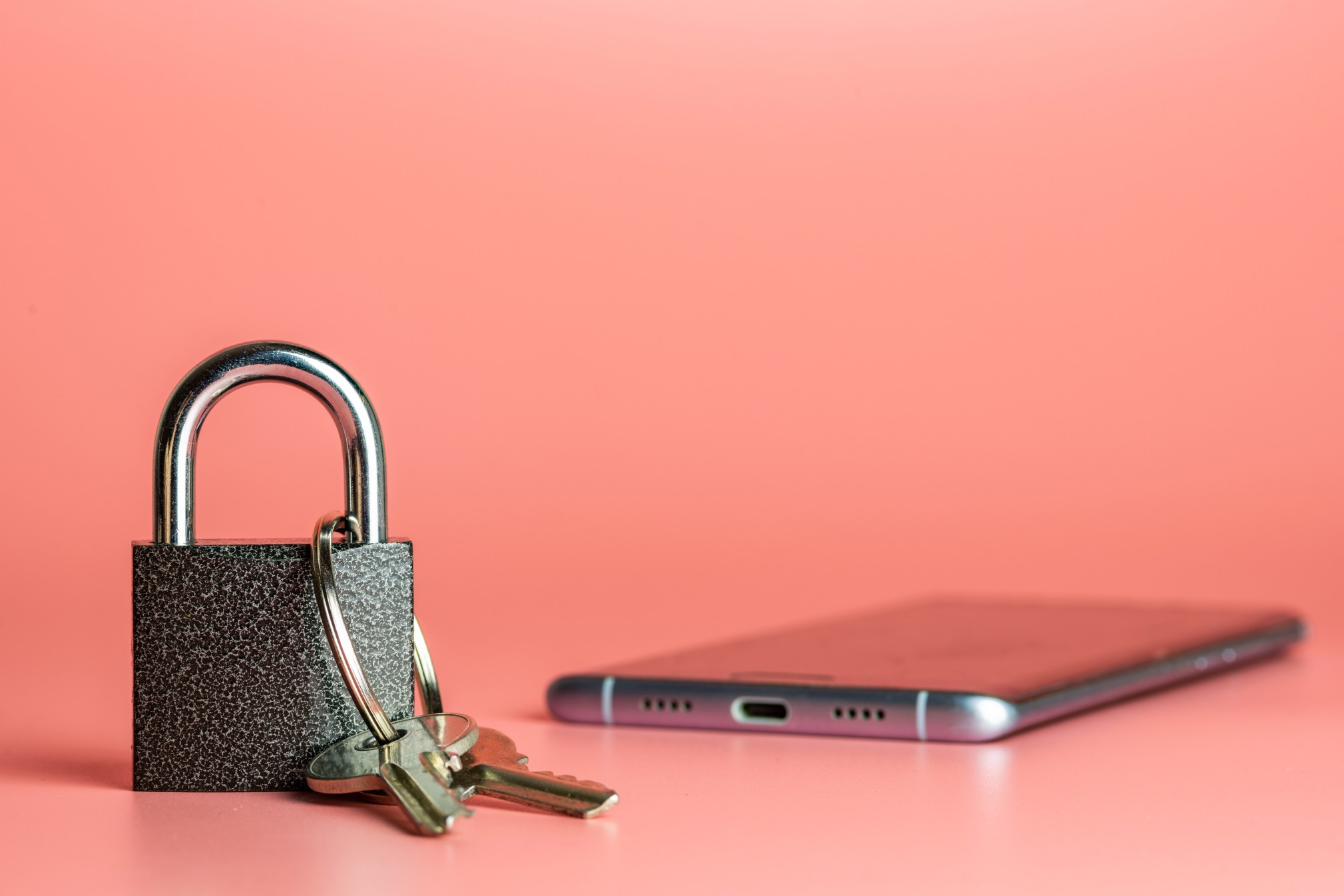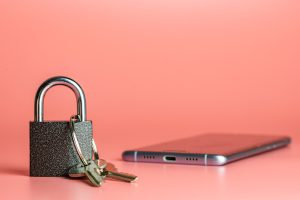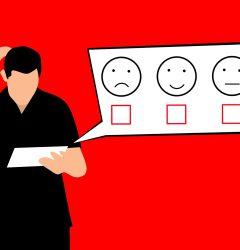03 Sep

Why aren’t you using Multi-Factor Authentication already?
What if I told you that we could deny 99.9% of unauthorized access attempts to you and your workforces’ emails? There are plenty of ways to gain access to emails and according to Microsoft, activating Multi-Factor Authentication will block 99.9% of automated attacks. So why are so many people and businesses still not using this very easy and secure authentication protection tool? Let’s explore:
What is Multi-Factor Authentication?
We have briefly explored this in the past in our Password Security post. Expanding on that explanation, Multi-Factor Authentication (MFA) is a security system that verifies a user’s identity by requiring multiple credentials. After requesting a username and password, MFA requires additional credentials, such as a code from the user’s smartphone, the answer to a security question, a fingerprint, or facial recognition, etc. The premise of MFA is having a secondary, trusted device or metric to gain access to an account.
Why aren’t more people using MFA?
There are plenty of excuses that people have made in order to avoid using MFA, the most common ones being:
– “MFA is an inconvenience” -> MFA used to be inconvenient, but with smartphones and apps, setting up MFA can take roughly 20 seconds per user.
– “MFA is too expensive” -> This was true in the past, but most platforms now offer MFA or 2FA as part of their service, with no additional charges as it makes their systems more secure anyway.
– “MFA isn’t a priority right now” -> We’ve heard this plenty of times and this attitude continues until there is a data breach. Be proactive. Prioritise and implement your security policies before you have issues.

Where can I use MFA?
The beauty of MFA is that service providers’ and service platforms have been making using MFA more available and simpler. In general, you can sign in to any platform, look for the “2FA” or “MFA” option, and follow the instructions. There are plenty of available apps that can be used for MFA, including Microsoft Authenticator and Google Authenticator.
There are newer developments for remote workers as well, allowing business owners the ability to force MFA on a user’s laptop when they login to work. This allows the business peace of mind that their data is secure in case the device is stolen or lost. MFA can also be applied to WiFi networks at the office, protecting against people hacking in.
Talk to your IT team and service providers and find out how they can make your systems more secure. If you require any assistance with regards to MFA, on just about any platform, please contact us. Have any good tips for IT security and compliance policies? Leave a comment below, you may help someone out!



Recent Comments